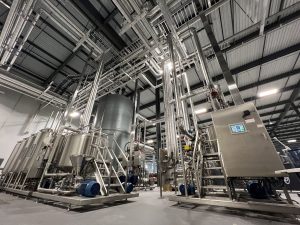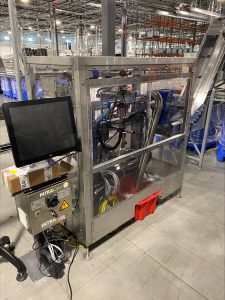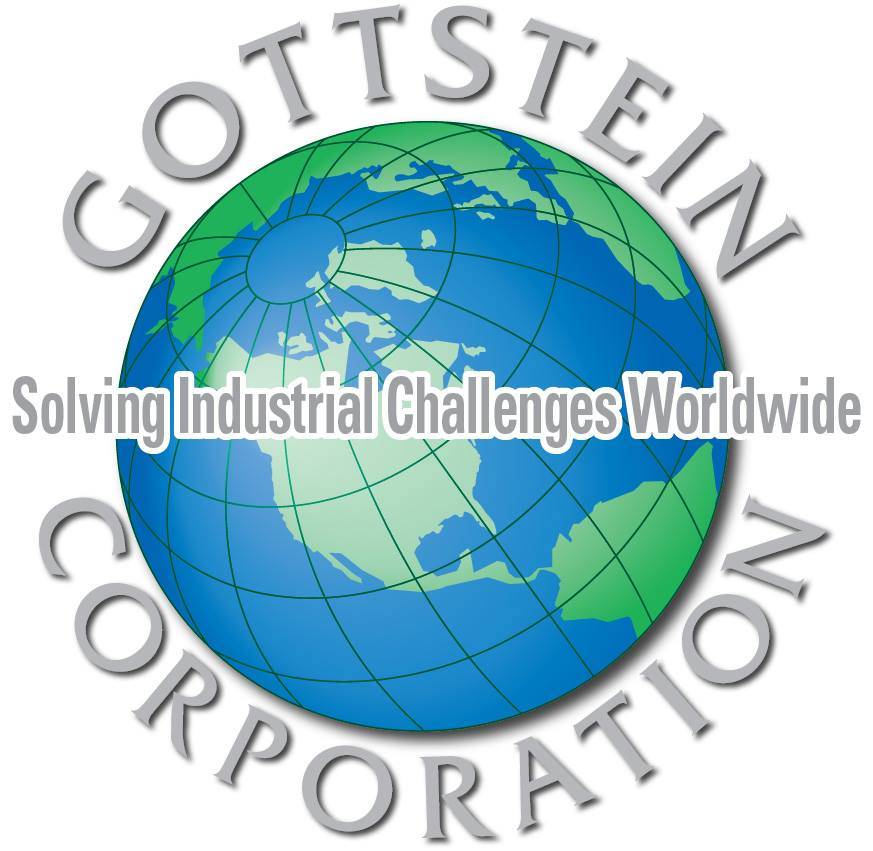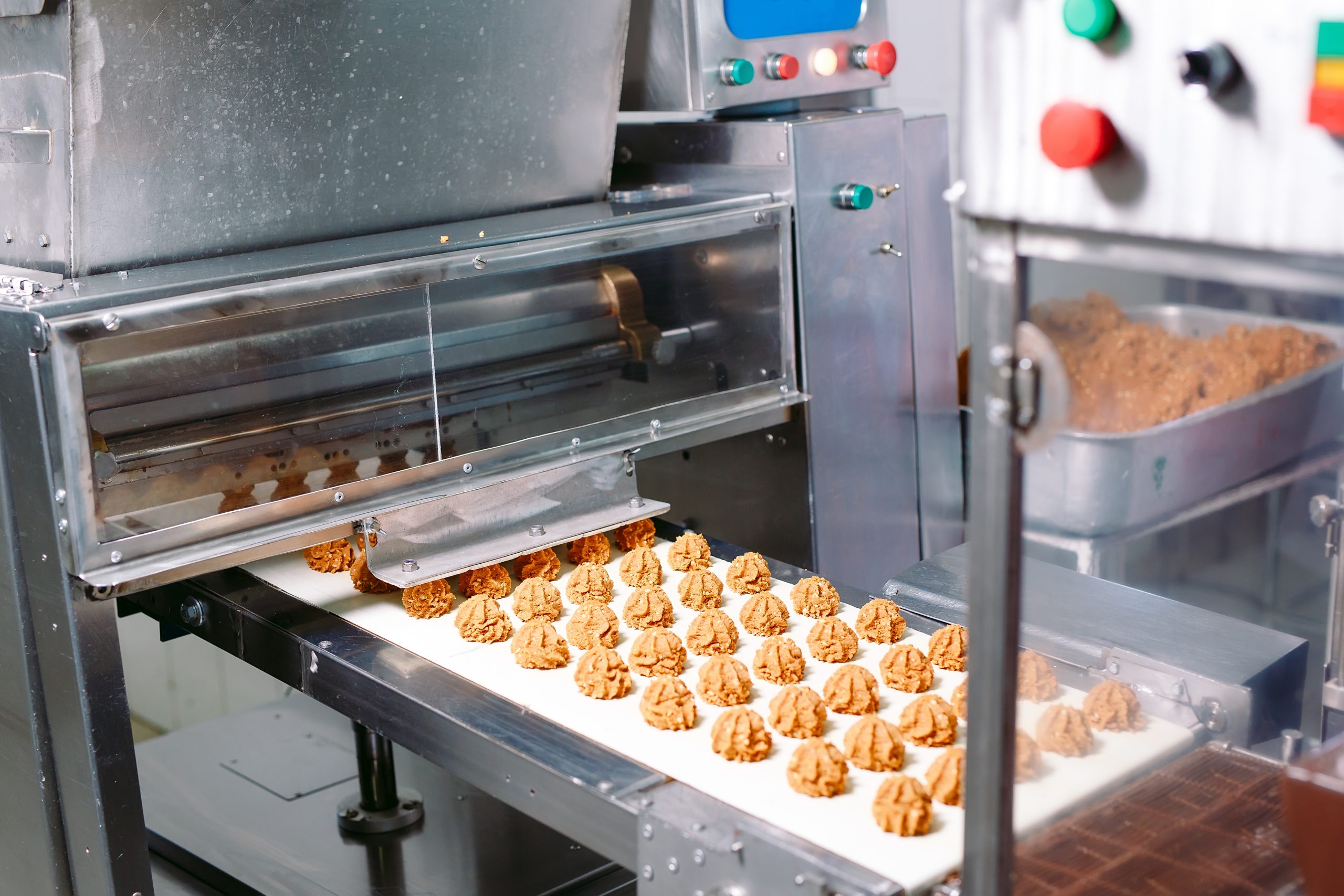Food and Beverage Equipment Installations: Modern Solutions Transforming the Industry in 2025
The food and beverage industry is evolving rapidly, propelled by groundbreaking technologies, growing consumer demands for safety and quality, and increasingly strict regulatory oversight. Modern food and beverage equipment installations — including conveyors, metal detectors, ovens, coolers, and freezers — play a crucial role in ensuring facilities stay compliant, production lines run smoothly, and costly downtime is minimized.
In this article, discover the latest trends shaping equipment installations in 2025, key challenges manufacturers face, and how expert industrial services unlock new levels of operational excellence.
Key Trends Driving Modern Food and Beverage Equipment Installations
-
-Automation and Smart Technology Integration
Food processing lines increasingly leverage IoT-enabled sensors, smart devices, and data analytics, tracking every stage from raw material handling to packaging. This connected equipment, such as automated conveyors and ovens, enables real-time adjustments that improve output efficiency and maintain strict food safety standards. -
-Food Safety Takes Center Stage
Consumer scrutiny and tighter regulations insist on advanced metal detection and inspection systems to spot contaminants early and prevent costly recalls. Facilities must implement rigorous inspection protocols aligned with FDA, USDA, and international standards to protect product integrity. -
-Energy Efficiency and Sustainability
Installing energy-saving ovens, chillers, and freezers helps reduce environmental impact and operational costs. Manufacturers are adopting greener technologies and smart infrastructure controls, aligning with sustainability objectives from frameworks like the Global Food Safety Initiative (GFSI). -
-Modular, Flexible Installations for Agile Production
To keep pace with changing product mixes and consumer preferences, food plants invest in modular conveyors and adaptable equipment designed for quick reconfiguration, minimizing production line downtime during transitions.

Challenges in Food and Beverage Equipment Installations
-
-Maintaining Uninterrupted Production – Scheduling installations around production cycles is essential to avoid costly downtime.
-
-Ensuring Sanitation Compliance – Installations must conform to rigorous hygiene standards to prevent contamination.
-
-Integrating New and Legacy Systems – Combining new automated equipment with existing infrastructure while preserving workflow continuity is technically complex.
How Expert Food and Beverage Equipment Installations Unlock Operational Excellence
Partnering with experienced service providers like Gottstein Corporation helps overcome these challenges through:
-
-Precise Conveyor Installations designed for hygienic, modular, and easy-to-clean assembly that seamlessly integrates with ovens, cooling units, and quality inspection technologies.
-
-State-of-the-Art Metal Detector Installation calibrated to comply with the strictest food safety regulations, ensuring product safety without compromising production speed.
-
-Millwrighting and Rigging Expertise offering safe, accurate installation of ovens, chillers, and freezers to maintain the temperature-controlled environments critical for food safety.
-
-Full Project Management spanning design, engineering, and building & ground services, keeping facilities operational and regulatory-compliant throughout installations.

Industry News Highlight: Digital Transformation Boosts Food Production
Recent studies reveal that around 80% of top food manufacturers are aggressively investing in digital and IoT-enabled equipment to increase operational efficiency in 2025. These smart technologies enhance traceability and enable predictive maintenance, cutting unplanned downtime by up to 40%. Source: Food Processing Technology
Practical Tips for Planning Food and Beverage Facility Installations
-
-Conduct comprehensive risk assessments to align installations with food safety protocols.
-
-Invest in modular and scalable equipment that adapts to changing production demands.
-
-Prioritize vendors with proven experience and full-spectrum service capabilities.
-
-Schedule major installations during production lulls to minimize disruptions.
-
-Utilize data from smart devices to continuously improve production workflows.
Relevant Links for Readers
-
Learn more about our Conveyor Installation Services
-
Explore our Industrial Piping Installations
-
Discover our comprehensive Plant Maintenance Program that supports food safety and operational efficiency

